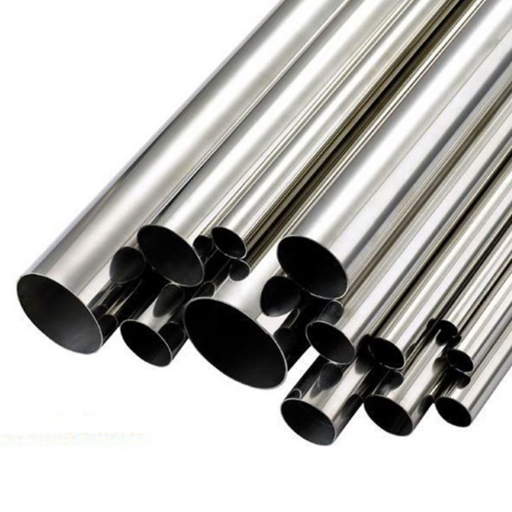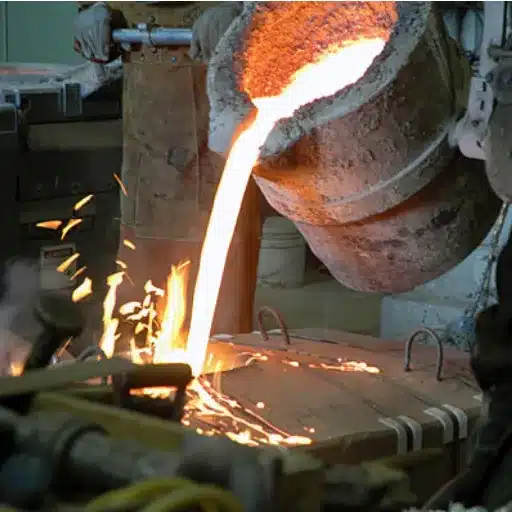When it comes to selecting the ideal stainless steel pipe for your application, understanding the distinct differences between specifications is critical. Among the most widely used stainless steel grades, A270 and A269 stand out for their reliability and versatility across industries such as food processing, pharmaceuticals, and manufacturing. However, deciding between the two requires in-depth knowledge of their properties, applications, and compliance standards. This comprehensive guide will break down the key features of A270 and A269, helping you make an informed decision that aligns with your operational needs. Whether you’re concerned about surface finish, dimensional tolerances, or intended use, this article is designed to equip you with the expertise to choose the right pipe every time.
What is the Specification for A270 and A269 Stainless Steel Pipe?
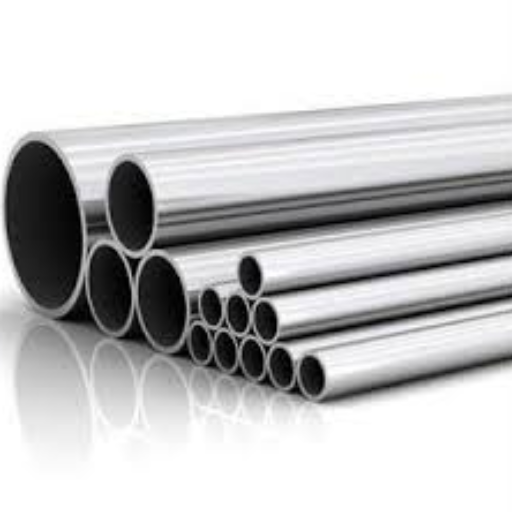
Understanding ASTM A270 Stainless Steel Tubing
ASTM A270 covers the specifications of austenitic stainless steel sanitary tubing with seamless, welded, and deep cold-worked configurations. It is used for food, beverages, pharmaceuticals, and other sanitary applications that require a high level of cleanliness and corrosion resistance. This grade of tubing is manufactured under strict industry guidelines. The appropriate selection of the base grade under this specification offers good durability, pitting resistance, and high temperature resistance where applicable.
Rating the tubing’s mechanical and chemical characteristics, such as tensile and yield strength, elongation, among others, ensures that the tubing will provide adequate service under operational loads. Surface finish is a critical aspect of ASTM A270, as this indicates the level of contamination and suitability for sanitary products. The cleanliness level is defined by the surface roughness, and the standard requires polished finishes like electropolished or mechanically polished surfaces that also meet certain Ra values. Hydrostatic and nondestructive electrical testing are examples of the integrity tests done on each tube.
The outer limit of diameter, wall thickness, and ovality are also covered in ASTM A270 as they pertain to norms of precision relevant for the sanitary fitting placements on the piping. Adherence to these structural details enables proper integration and functional effectiveness with other sanitary appendages. Sanitary Tubing Systems’ compliance with ASTM A270 standards guarantees the execution of hygiene and dependability, which places them as industry leaders for sanitary stainless steel piping systems.
Exploring the Details of ASTM A269 Tubes
General service applications, which include industrial and chemical processes, use seamless and welded austenitic stainless steel tubing, which is outlined in ASTM A269. ASTM A269 also sets standards for the tubing’s construction in terms of its chemical constituents, mechanical properties, and structural composition to guarantee its reliability across different operational environments. It is predominantly used with the stainless steel grades of 304 and 316 because of their strength and ability to withstand corrosion, thermal loading, and various types of pressures.
Regarding the Dimensioning and Tolerances of ASTM A269, it defines the outside diameter, wall thickness, and straightness as tightly toleranced, which increases the degree of compatibility with many systems and fittings. Tubes must undergo rigorous testing such as flattening, flaring, hydrostatic or nondestructive electric testing, or lossless techniques to validate their claimed quality and structural strength. These tests ensure the sustainment of weak and strong mechanical stresses, further enhancing its reputation for reliability.
Depending on the needs of customers, the standard permits customizations such as secondary heat treating and finishing. The ability to follow these changes allows users to adapt the whole tubing or parts of it to withstand highly pressurized systems or aggressive chemical environments. Adjusting to industry specifications like ASTM A269 ensures the standards set forth are steadfast and consistent, thus proving invaluable to auxiliary stainless steel tubing across multiple industries.
Key Standards for Stainless Steel Tubes
- ASTM A269: As one of the main standards covering industrial and other stainless steel tubes, ASTM A269 is a must. It states the policies for seamless and welded tubing designed for chemical and mechanical use, or any other uses that may involve corrosion. This standard also deals with the dimensions, tolerances, and systems of inspection that enable the tubes to be sound and trustworthy in their use. Also covered under this standard are the processes of annealing and heat treatment intended for sustaining a constant standard quality.
- ASTM A249: This standard covers welded tubes for boilers, superheaters, and other heat exchangers and related services. These types of tubing are identified with the properties of heat-resisting and the ability to withstand pressure. Key requirements include strict control over wall thickness, tensile strength, and flattening tests. This is necessary to make certain that the tubing will work under high temperature and high stress that is associated with energy, mechanical systems, and other domains.
- ASTM A213: This standard pertains to the Stainless Steel Tubing for High Temperature Services requirements. ASTM A213 specifically covers seamless stainless steel tubing for high-temperature services. It is often used in the construction of power plants and other industrial processing facilities. It is critical to ensure exact chemical compositions and suitable mechanical properties to sustain significant thermal levels. Tubes made to ASTM A213 tend to be subjected to rigorous testing, like hydrostatic and non-destructive examinations of the tubing to validate their performance in demanding applications.
Following these key standards assures the reliability, safety, and long service life of stainless steel tubes for precise application needs in various sectors such as Energy, Chemicals, and Pharmaceuticals.
How Does the Heat Treatment Differ Between A270 and A269?
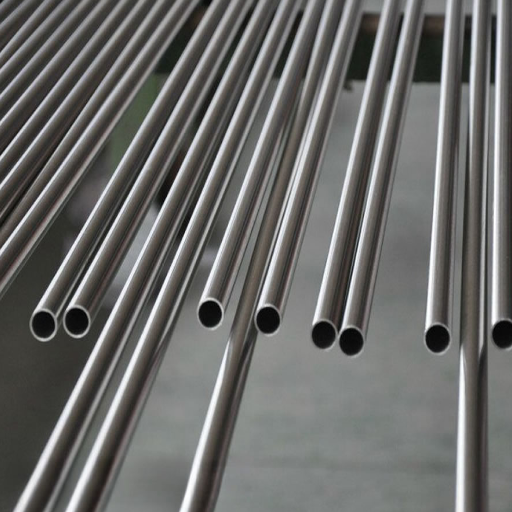
Importance of Solution Annealing in A270
Solution annealing is an especially important heat treatment for stainless steel tubes under WORKING A270, which is mainly used for sanitary purposes. The procedure includes heating the material to a temperature range of 1850 °F ( 1010 °C) to 2100 °F (1150 °C), depending on the grade of stainless steel, while cooling, usually quenched in water. The goal of solution annealing is to improve a steel’s resistance to corrosion by mechanically working the steel by improving the microstructure created by the alloy.
For A270 tubes, which find wide application in food processing, pharmaceuticals, and biotechnology, solution annealing is needed to satisfy important hygiene and endurance standards. Annealing accordance to set standards minimizes the contamination risks because it reduces the amount of carbide precipitate sites that serve as a source of pitting and crevice corrosion. Along with these, it also improves the tubes’ weldability without changing the structural integrity of the material during fabrication.
Following specific guidelines during solution annealing helps manufacturers meet the quality requirements set forth under ASTM A270, thus ensuring the tubes are fit for high-purity and sanitary service. The value of this treatment is frequently validated through testing techniques like metallographic microscopy and passive layer scanning, which validate the material’s integrity against aggressive environmental corrosion.
Examining Annealing of the Tube in A269
The tubing annealing procedure by ASTM A269 is very particular and is executed to increase the ductility, enhance corrosion resistance, and improve material properties. This standard covers basic specifications for seamless and welded stainless steel tubing meant for general service applications, and describes the required mechanical and chemical property limits that the final product must satisfy.
The tube is held at a temperature of 1,900°F to 2,100°F (1,038°C to 1,149°C) for annealing, which varies based on the particular grade of stainless steel in question. This temperature treatment allows for the recrystallization of the material’s grain structure. Conceding enduring internal stresses from earlier fabrication processes, such as cold working, is required. The material goes through heat treatment and is subsequently cooled, generally quickly through water but also by air, to attain the desired microstructure whilst preventing the precipitation of carbides, which is detrimental to corrosion resistance.
This guideline can be checked for compliance with ASTM A269 using mechanical testing for tensile strength and hardness, hydraulic or eddy current testing for leaks, and metallographic examination for microstructural analysis after annealing. These procedures ensure that the tubing offers robust performance under a variety of pressures and aggressive corrosive environments. Through documentation of tests performed against the guidelines of the norm, it is assured that the tubing constructed is reliable and durable, as well as compliant with standards and expectations of the service.
What Role Does Weld Play in A270 and A269 Steel Pipe?
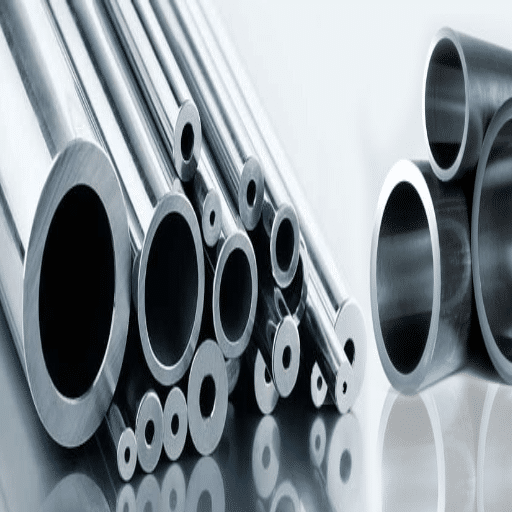
Welding Techniques for Seamless and Welded Austenitic Stainless Tubes
The welding techniques used for austenitic stainless steel tubes vary substantially depending on whether the tube is seamless or welded. For welded austenitic stainless steel tubes, processes like Gas Tungsten Arc Welding (GTAW), Plasma Arc Welding (PAW), and Laser Beam Welding (LBW) are often used. These methods possess exact control of heat input and welds, which allows for greater mechanical strength and resistance to corrosion at the weld joint. Particularly, GTAW is the most widely used because it provides a means of clean and defect-free welds that are essential in highly specialized applications.
Seamless stainless steel tubes, on the other hand, are used without a weld seam, thus eliminating the concerns of weld defects, which are often found in the welded tubes. However, the attachment of seamless tubes to other components has to be of high-quality weld. This requires a pre-weld cleaning of surfaces, shielded welding to avoid oxidation, and post-weld heat treatment (PWHT) to reduce residual stresses and improve microstructure uniformity.
The effectiveness and accuracy of joining stainless steel tubes have been enhanced with new methods such as hybrid welding, which integrates laser and arc welding. As outlined by standards ASTM A270 and A269, verifying the integrity of these welds through high temperatures or corrosive environments involves non-destructive testing protocols and weld efficiency factors, which are indispensable.
Ensuring Quality in Welded Austenitic Stainless Steel Tubing
Stainless steel austenitic tubing welding requires sophisticated inspection procedures, rigid material criteria, and exact production techniques to maintain quality. These methods include comprehensive non-destructive testing such as Ultrasonic Testing and Eddy Current Testing, which are crucial in locating both internal and external surface imperfections. Moreover, these methods do not alter the material, shape, or size of the tubing and provide information regarding a defect’s shape and size.
All these standards define limits on mechanical strength, dimensions, and corrosion resistance. As well as, more modern methods like automated weld monitoring systems have harnessed the power of sensors and real time data analysis for a template driven approach consistent throughout the welding procedure. Including metallurgical research, microstructure examination, and corrosion testing validates the claim on tube performance when enduring rotating temperatures and aggressive chemicals.
Industrial standards and the more traditional methodologies paired with advanced technology help the food, energy production, pharmaceuticals and other sensitive industries fulfill their rigid requirements, achieve optimum results.
What are the Requirements for Food Industry Applications?
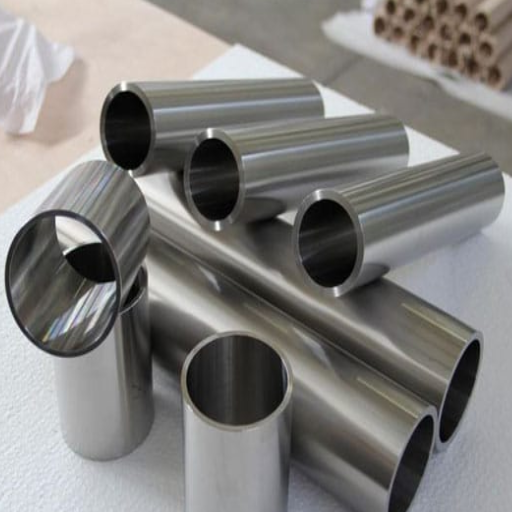
Ensuring Sanitary Surfaces in A270
ASTM A270 governs sanitary tubing standards for the food industry, where the prevention of hygiene risks is crucial. This standard regulates the materials, surface finish, external and internal dimensions, along with the requisite mechanical attributes of the stainless steel tubing in question. One of the notable elements concerning A270 compliance is the polished inner surfaces of the tube that have a smooth finish with a maximum average surface roughness Ra of 32 microinches or 0.8 micrometers. The specification guarantees that the tubing does not contain gaps or micropores, which are potential thriving habitats for microorganisms.
Manufacturers achieve these standards of smooth surface finishes through mechanical polishing, followed by electropolishing, which greatly improves the ease of cleaning, as well as enhancing the durability of the tubing. Additionally, routine inspections with profilometers are done for compliance with the surface roughness Ra specifications, and cleanliness is guaranteed through passivation that removes contaminants and restores the protective oxide layer on stainless steel surfaces.
About the A270 standard, these measures aid in meeting the business compliance measure requisites, including the ones from the FDA and the EHEDG. This advances safety of the products and processes, and operational integrity, and poses A270-compliant tubing as critical in hygiene sensitive applications.
Addressing the Requirement for Food Industry Standards
Failure to comply with guidelines established by the government and associated agencies can have severe repercussions for consumer safety and product integrity. It is placed on materials with minimum corrosion and non-reactivity such as 316L St. Steel which survives many cleaning and sterilization cycles without structural degradation and contamination.
Moreover, adherence to ASME BPE standards along with the A270 requirements for surface finish guarantees the eradication of microorganisms by the use of supreme polishing: mechanical-polishing and electro-polishing that can achieve Ra values lower than 20µin. These applies not only to the functionality of the parts but also at the lifecycle at the harsh conditions such as cleaning chemicals, extreme temperatures, and temperature shifts.
Following certified best practices and integrating A270-compliant tubing helps manufacturers maintain a cleaner production area. This decreases contamination risks, supports regulatory audits, and protects the consumer from cross-contamination during food processing. Businesses can now enhance operational performance while staying within industry requisites by utilizing the aforementioned technical guidelines.
What are the Differences Between ASTM A249, A270, and A269?
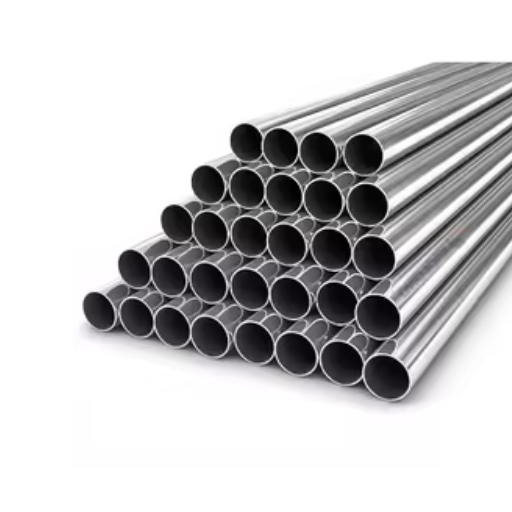
Comparing A249 and A269 Steel Pipe Standards
The production of stainless steel pipes and tubes makes use of two standards: ASTM A249 and A269. Both of these standards are well known but have different industrial applications because of their specifications and intents. For welded austenitic stainless steel tubes meant to be employed in heat exchangers or boilers, being welded, ASTM A249 is the appropriate ‘standard of choice’. Special consideration is placed on temperature and pressure. For thermal performance to be optimal, mechanical properties, wall thickness, surface finishes, and uniformity must be meticulously controlled.
In contrast to A249, A269 covers tubing associated with instrumentation and mechanical systems. These may come either as seamless or as welded and have an austenitic stainless steel composition. As the name suggests, applications are best for parts that require corrosion resistance. Even though there is a distinct focus on non-destructive and even hydrostatic inspection, A269 highlights further corrosion resistance rather than violent heat and devastating pressure as seen in A249. A key point of differentiation is that ASTM A249 often employs an additional full-annealing process and specific minimum-size tolerances to accommodate the higher demands of heat transfer systems.
Evaluating and selecting from these two standards requires insight into how the materials will be used professionally. Compliance along with useful functionality can only be achieved by understanding the environment of operation, temperature, pressure, and corrosion.
Understanding A249 Requires and A269 Require
Both A249 and A269 specifications developed by ASTM International have different requirements set for stainless steel tubing, each custom-made for particular uses and surroundings. ASTM A249 deals with welded austenitic stainless steel tubes used in heat exchangers, boilers, and condenser units. It largely focuses on high temperature and pressure resistance along with corrosion elements, uniform wall thickness for mechanical strength, and thermal yield. Tubing under A249 comes with strict operational requirements that are met after enduring thorough testing, like flattening, flaring, hydrostatic, or non-destructive testing.
While that is true, A269 governs seamless and welded austenitic stainless steel tubes used for general purposes like instrumentation or mechanized systems, as does A269. A269 emphasizes wide usage and compliance with the exact specification of composition and mechanical property techniques. Tubes under this specification undergo numerous pressure testing, hydrostatic testing, and eddy current testing to validate their dependability and reliability.
In terms of choosing A249 or A269, the Operating temperature and pressure as well as the fluid type must be considered. Also, the stainless steel used grade like 304, 316, 321, along with the amount of stress they are likely to endure must be evaluated in order to be sure about their durability, overall performance, and cost efficiency for use in harsh industrial settings.
Evaluating A270 Requires Selection for Applications
The A270 stainless steel tubing specification is mainly used in high cleanliness and sanitation requirements in industrial pharmacy, biotechnology, food, and beverage industries. Sometimes, the A270 tubing needs polishing to specific Ra (roughness average) values, which increases the risk of contamination and renders cleaning more difficult. Surfaces are required to have Ra values of 20 μin (0.5 μm) or better, meeting specific engineering and industry standards.
Within the A270 specification, the materials used are normally ascribed to grades 304 and 316L stainless steel; however, 316L does have a slight advantage in corrosion resistance due to the presence of molybdenum. Moreover, A270 Tubing undergoes rigorous testing processes, including but not limited to hydrostatic or nondestructive electric tests to validate its ability to withstand operational pressures. These production processes also require electropolishing, which removes non-conductive materials from a tube, enhancing the chromium oxide layer and increasing corrosion resistance while also reducing particle adhesion in surgical environments.
To accommodate design requirements, engineers must also consider interfacing existing piping systems, their thermal limits, and possible interactions with cleaning or sterilization processes like CIP (Clean-in-Place) and SIP (Steam-in-Place) systems. Comprehensive analysis A270 guarantees durability while meeting stringent regulatory requirements in critical hygiene and dependability industries.
References
-
United Industries Whitepaper: This document provides a detailed comparison of A269 and A270, highlighting differences in weld slag, surface conditions, and other specifications.
-
Panda Pipe Blog: This blog analyzes the ASTM A270 standard and compares it with A269, focusing on their respective applications and performance.
-
Neelcon Steel PDF: This resource outlines the specifications and differences between ASTM A249, A269, and A270 stainless steel tubing.
Frequently Asked Questions (FAQ)
Q: What are the primary differences between ASTM A270 and ASTM A269 stainless steel pipes?
A: ASTM A270 is primarily used for sanitary tubing in food applications, requiring extensive mechanical testing and specific polishing standards. In contrast, ASTM A269 is used for general service applications, focusing on mechanical applications with surfaces “free from scale.” Both specifications are very comprehensive, but their intended uses differ significantly.
Q: How does ASTM A554 stainless steel differ from A269 and A270?
A: ASTM A554 stainless steel is typically supplied “as welded” and is used for ornamental purposes, where aesthetic qualities like abrasive polishing and special polishing are important. In contrast, A269 and A270 are used for more critical environments in boilers or heat exchangers, requiring more rigorous mechanical properties and testing.
Q: What is the significance of “tube in the annealed condition” for these specifications?
A: “Tube in the annealed condition” refers to the heat treatment process used to enhance ductility and reduce hardness, which is critical for forming and welding operations. This condition is commonly required for tubes used in food industry requirements and mechanical applications under ASTM A270 and A269.
Q: Why is hardness testing important for stainless steel tubing?
A: Hardness testing ensures that the stainless steel tubing can withstand mechanical stress and is suitable for its intended application, whether in mechanical applications, environments in boilers, or food industry requirements. It helps determine the tube’s durability and resistance to abrasion.
Q: Are there any supplementary requirements for ASTM A270 and A269?
A: Yes, both ASTM A270 and A269 have supplementary requirements that may need to be met depending on the application. These requirements can include specific testing, polishing, or mechanical properties, which are often met from other standards or through additional processing.
Q: What are the typical applications for ASTM A554 tubes?
A: ASTM A554 tubes are often used in decorative and structural applications due to their aesthetic appeal and ease of forming. They do not typically require the same level of mechanical or extensive testing as A270 or A269, making them suitable for less demanding environments.
Q: How do the specifications for A249 and ASTM compare to A270 and A269?
A: ASTM A249 is intended for critical environments such as boilers or heat exchangers and requires welded austenitic steel boiler tubes. A270 and A269 focus more on food applications and general service, respectively, with matching specifications tailored to their specific environments.
Q: What does “a269 both require surfaces ‘free from scale'” mean?
A: This refers to the requirement that the surface of the stainless steel tubing must be clean and free of any scale or impurities, ensuring it is suitable for its intended application, whether in food applications or mechanical environments.
Q: Can A554 stainless steel be used in critical environments?
A: Generally, A554 stainless steel is not intended for critical environments like those in boilers or heat exchangers. Its primary use is for ornamental and structural applications where the aesthetic quality is a priority over mechanical properties.
Q: What is the importance of “tube forming” in these specifications?
A: Tube forming is crucial as it determines the tubing’s ability to be shaped and welded into the desired configuration. Specifications like A270 and A269 emphasize tube forming to ensure that the tubing can meet the mechanical and structural requirements of its application, whether in the food industry or general service.

